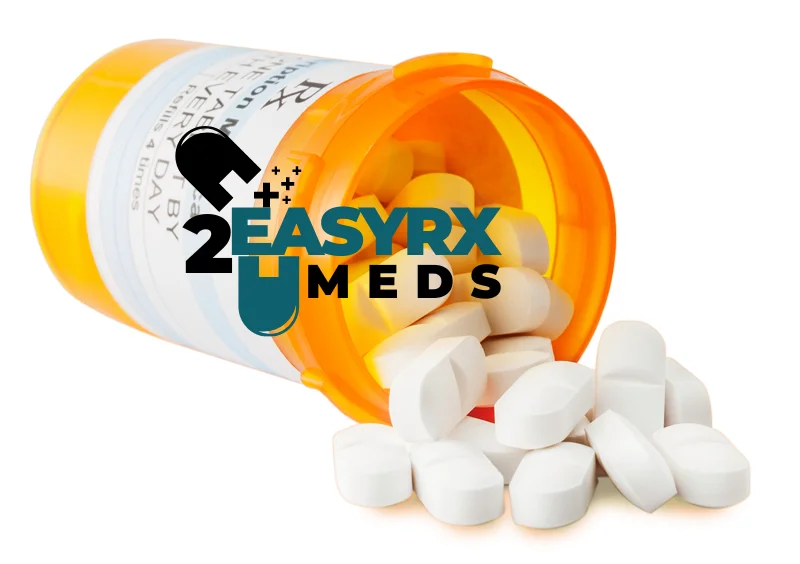There is no item in your cart
Introduction of selegiline :
Selegiline mechanism of action also known as L-deprenyl, is a selective monoamine oxidase B (MAO-B) inhibitor primarily used in the treatment of Parkinson’s disease and, in some cases, depression. Here’s a brief overview of its introduction and uses:
Background
- Discovery: Selegiline mechanism of action was first synthesized in the 1960s and was initially studied for its potential as an antidepressant. However, its neuroprotective properties and effects on dopamine metabolism led to its primary use in Parkinson’s disease.
- Mechanism of Action: As a selective MAO-B inhibitor, selegiline prevents the breakdown of dopamine in the brain. This action increases dopamine levels, helping to alleviate the symptoms of Parkinson’s disease, which is characterized by a deficiency of this neurotransmitter.
Clinical Uses
- Parkinson’s Disease: Selegiline mechanism of action is used either as an adjunct therapy to levodopa or as monotherapy in early stages of Parkinson’s disease. It may help improve motor function and delay the need for more aggressive treatments.
- Depression: In some cases, Selegiline mechanism of action is used off-label for treating depression, especially in its transdermal patch formulation, which allows for more consistent drug delivery.
Formulations
- Oral Tablets: Typically taken once or twice daily.
- Transdermal Patch: Offers a continuous release of the medication, improving compliance and reducing side effects.
Side Effects
Common side effects may include:
- Nausea
- Headaches
- Dizziness
- Insomnia
- Potential hypertensive crisis if consumed with tyramine-rich foods (though less of a concern with MAO-B selectivity)
Benefits:
1. Management of Parkinson’s Disease
- Dopamine Preservation: By inhibiting monoamine oxidase B,it helps preserve dopamine levels in the brain, which can alleviate the motor symptoms of Parkinson’s disease, such as tremors, stiffness, and bradykinesia (slowness of movement).
- Delayed Need for Levodopa: In early-stage Parkinson’s patients, selegiline can delay the initiation of levodopa therapy, which is the standard treatment, potentially postponing side effects associated with long-term levodopa use.
2. Symptomatic Improvement
- Enhancement of Motor Function: It may improve overall motor function and quality of life in patients with Parkinson’s disease when used alone or in combination with other medications.
- Mood Enhancement: Some patients report an improvement in mood and overall well-being, which may be particularly beneficial given the common occurrence of depression in Parkinson’s patients.
3. Neuroprotective Properties
- Potential Neuroprotection: Research suggests that it may have neuroprotective effects, potentially slowing the progression of neurodegenerative diseases by reducing oxidative stress and apoptosis (cell death) in neurons.
4. Cognitive Benefits
- Cognitive Function: Some studies indicate that selegiline may help improve cognitive function in Parkinson’s patients, although more research is needed to establish this benefit conclusively.
5. Transdermal Delivery System
- Convenience and Compliance: The transdermal patch formulation allows for continuous delivery of the medication, improving patient compliance and minimizing fluctuations in drug levels compared to oral dosing.




Reviews
There are no reviews yet.